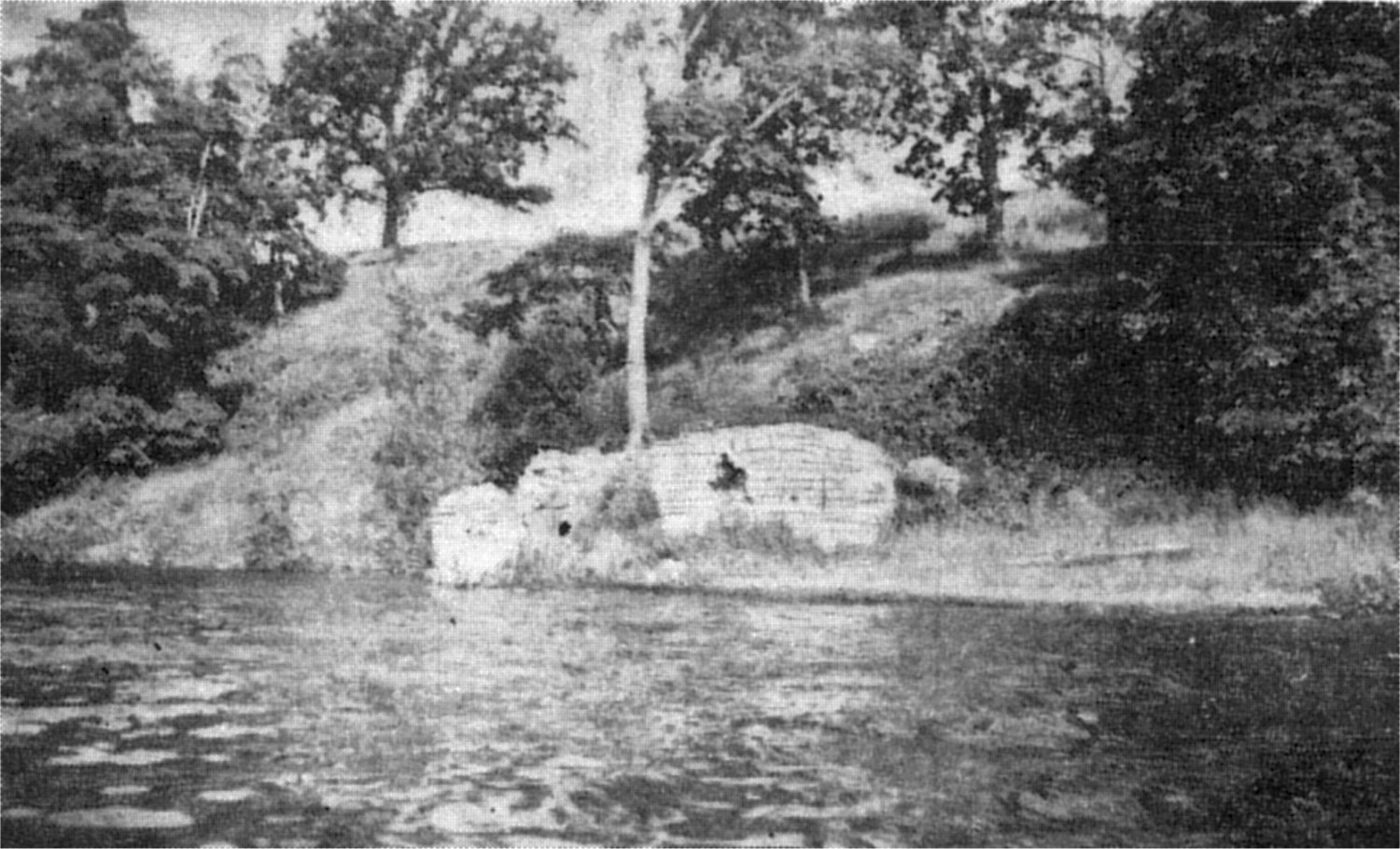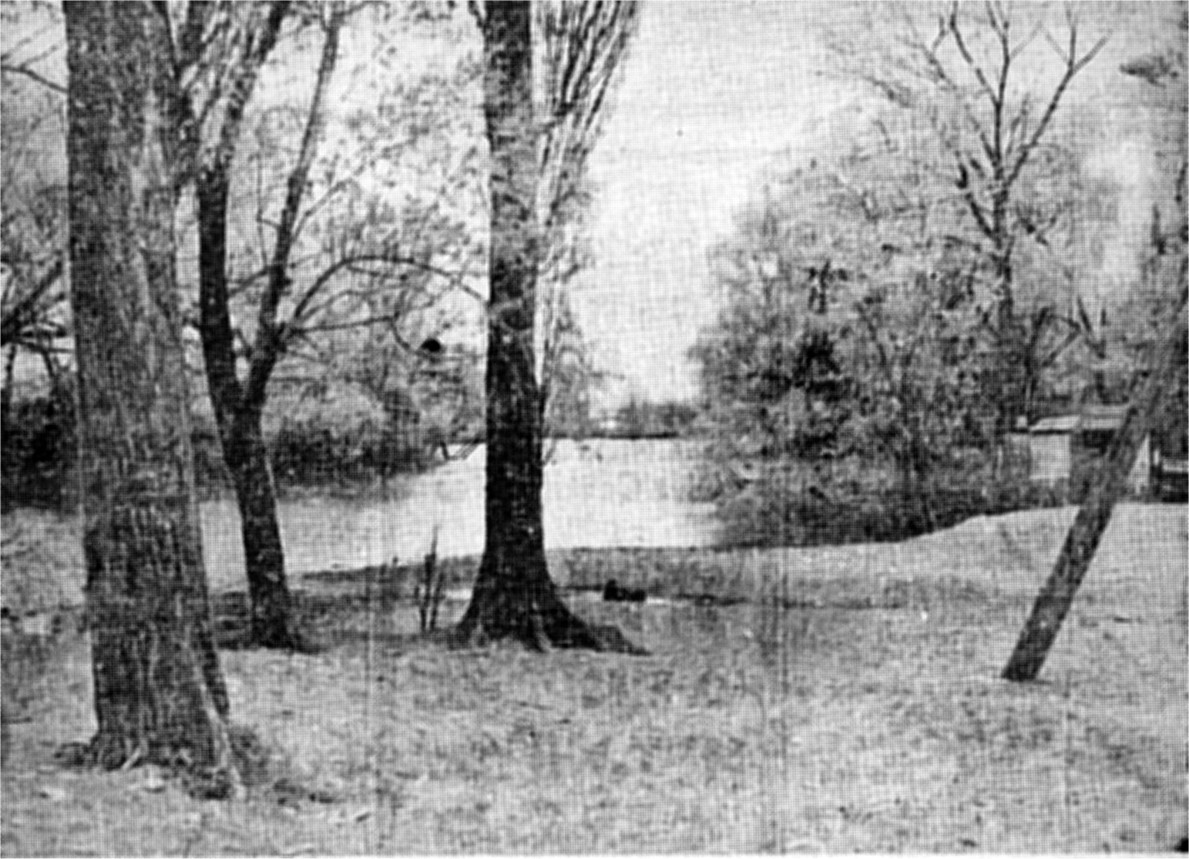Ships Of Milford
Toronto Telegram, 09 Dec 1950
Schooner Days CMLXXXI (981)
By C.H.J. Snider

Now let us get back to Milford, Prince Edward County's "inland seaport" which built schooners and steamers.
The Black River runs between high and timbered banks towards the north shore of South Bay. Its stands of oak and pine gave it its name, and choked it with fallen timbers. Nevertheless, under the drive of Dr. Howey Bredin, Capt. Wm. Ellis, shipbuilder, and other enterprising Milfordians, the river was cleared of logs and dredged to a depth of eight feet all the way back to the Milford dams. The village, as already said, was three miles inland.
To get rid of the high spots they used oxen plodding along the banks towing scows with scoop shovels and ploughs chained to them. When they came to the county road winding around Milford to Waupoos, and crossing the river by a wooden bridge, they were not stuck. The bridge would hardly give clearance for a canal boat. They rebuilt the bridge and its approaches, so that it could be run back on rollers to let tall masted schooners through. Horse power was used to pull it over and pull it back.
This was early enterprise as lofty in conception as the Manchester ship canal, though humbler in execution. Ships were built "in" Milford, at Cole's landing, beyond the village, where there was an ashery, a little factory shipping potash and soap. The first vessel is said to have been the Mary of Milford, a little schooner put together with wooden pins or treenails in the place of iron fastenings. The bank was so high where the Mary was built that they had to put her on sleighs and team her a mile around to the launching place.
Tragedy

There was also an Ellen of Milford, possibly earlier. Two uncles of the late Amos McDonald, warden of Prince Edward and long ago keeper of Wicked Point light, were drowned in the schooner Ellen near the Scotch Bonnet, 80 years ago or more. She had loaded fish for Hamilton in Little Sandy Bay, and the McDonald boys went along with the cargo, to sell it at the head of the lake. Schooner, fish and supercargoes disappeared. All that was ever found was a broken mast off the Bonnet.
There was a third Ellen, (or perhaps all three were the same) trading into Port Whitby in 1847, and carrying lumber to Oswego at six shillings and three pence a thousand feet. Ed. Mouck was her master, and that is a Prince Edward County sailing family's name.
Silver Sprays 56 years apart
In 1880 a steamer named the Silver Spray was built in Milford by Capt. John Fagan, at Cole's landing, and in 1936 another Silver Spray was built in the village, a 40-foot motor boat intended to carry fish to Oswego. How the last Silver Spray got to Lake Ontario is not known – unless it was by truck – for the roller bridge had long disappeared, and the Black River was said to be again choked with fallen timbers. But where there's a will there's always a way, in Milford.
Milford was a port of registry in the 1870s, but not all the vessels registered there were built there. Some were far away. Others nearby at Port Milford, which invites another chapter in Prince Edward history.
